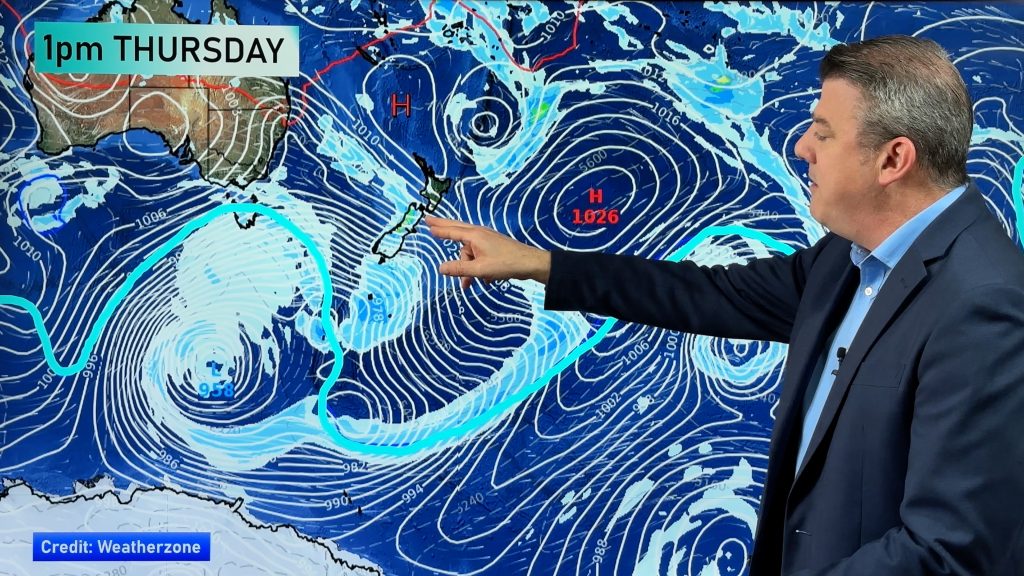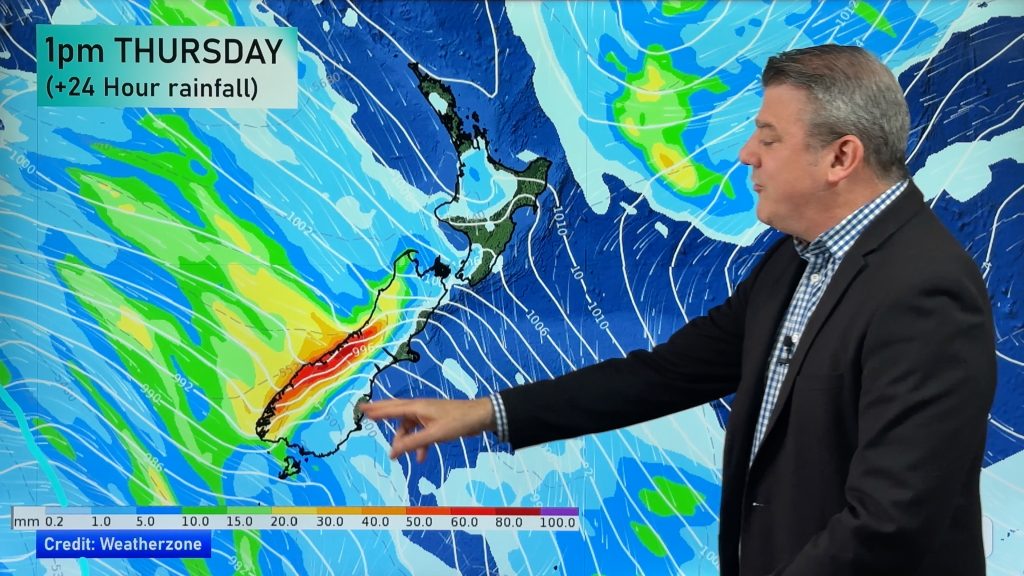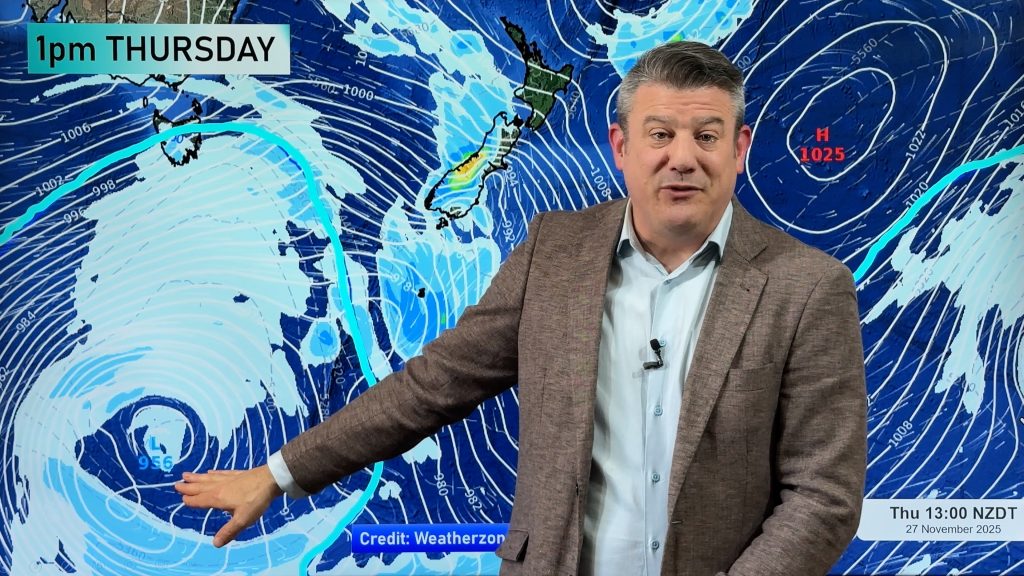
> From the WeatherWatch archives
+ Why Wellington escaped the headlines this winter.
August 31st marks the last day of winter for New Zealanders. This year’s winter has been one of contrast according to the Radio Networks head weather analyst Philip Duncan. “The South Island has been cold while the North Island has been somewhat mild”. Duncan says several large Tasman Sea lows kept the North Island wet and mild, while the South Island was covered in a number of large highs meaning bitterly cold overnight lows and very few double digit highs. He believes the Tasman Sea lows are a sign of things to come this Summer as La Nina starts to take form. “New Zealand had a lot of easterlies this winter, especially in July, and we didn’t really get into the south west air flow. Even now, the south westerlies are relatively dry due to a lot of high pressure in the Tasman which effectively destroys the cold fronts as they move up New Zealand”.
A LOOK BACK
The full fury of winter roared across New Zealand in early Junebringing gales, snow and wind chills of minus 6 in parts of the South Island. Snow fell in Invercargill during this storm making the drive home diabolical for motorists on June 7th.
On the 11th of June the news was broken that Meteorologist Augie Auer had died, but in news that would’ve made the great forecaster smile drought breaking rain fell in Hawke’s Bay the following day.
In late June a mini cyclone engulfed the entire Tasman Sea, the back end of the storm closed Central Otago airports with snow.
June 22 a weak tornado hits Invercargill.
July 4that 11am and the Weather Watch Centre warns of big thunderstorms for Taranaki. Two hours later a twister hit New Plymouth causing damage. Warnings were issued by the Radio Network’s weather dept of further twisters likely in Auckland and Tauranga, beating all other forecasters and by the days end a tornado had hit Howick and another hit Tauranga.
July 5th, several twisters hit Taranaki causing major damage.
10th of July and the biggest storm of the year slammed Northland, Auckland and Coromandel. Major floods hit Northland with over 400mm of rain for some areas and winds reached 200kmh near Auckland, cutting power to some in the city for over a week. If the storm had been a Tropical Cyclone the winds would’ve touched on Category 3 status (Hurricane Katrina was a strong Cat3 Hurricane when it hit New Orleans). The storm also brought floods to Hawke’s Bay – from droughts to floods in just a matter of weeks.
The first few weeks of July and the South Island was shivering under a high that kept overnight lows near -10 in Queenstown and peaking at only 1 or 2 degrees during the day. Black ice was a major issue for motorists.
Later in July and thunder and lightening sent shivers up the spines of fans as the All Blacks performed the Haka at Eden Park.
August 1st and a nor wester lifts overnight lows in Central Otago by 20 degrees.
August 11thand winds blast across the far South at 130km/h. The hurricane force winds lasted 24 hours as a gigantic storm the width of Australia churned south of New Zealand.
August 16th and the 8th Tasman Sea low of the winter brought chaos to Auckland commuters with heavy rain and gales making commute times up to 2 hours for some.
And this past Tuesday a low near Northland deepened bringing gales to Auckland – just in time to blow the clouds away for people to see the rare Lunar Eclipse.
Why has Wellington escaped the headlines this Winter?
The bulk of the bad winter weather has been in the far North and the far South. Southland and Otago had snow storms and severe frosts while Northland and Auckland had one rain soaked low after another – in fact 8 Tasman Sea storms in total. But Wellington city missed out on this. Last year Wellington constantly made the headlines due to rain bearing fronts moving in from the Tasman Sea and deepening off the Wairarapa Coast. “Last year the patterns were quite different. Rain was fed in to Wellington by these lows off the east coast, but this year Wellington was on the cusp of the South Island highs. This meant lows that developed in the Tasman, or moved down from the sub tropics, slid over northern New Zealand mostly missing the Capital” says Philip Duncan. “Apart from the usual gales and some frosty mornings, Wellington has had a pretty quiet winter”.
Comments
Before you add a new comment, take note this story was published on 30 Aug 2007.





Add new comment